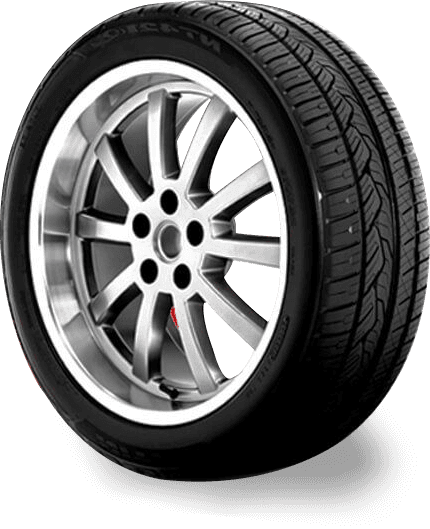
Dec . 05, 2024 20:31
Back to list
Understanding the Importance and Functionality of Relief Valves in Industrial Systems
Understanding Relief Valves Essential Components for Pressure Management
Relief valves are critical safety devices used in various industries to manage pressure within systems. Whether in a hydraulic system, boiler, or any pressurized vessel, these valves play a crucial role in preventing dangerous overpressure situations that could lead to equipment failure, explosions, or leaks.
What is a Relief Valve?
A relief valve is designed to open at a preset pressure to allow excess fluid to escape, thus relieving pressure from a system. These valves are often spring-loaded, where the force of a spring counters the pressure of the fluid. When the fluid pressure exceeds the spring force, the valve opens, allowing fluid to flow out until the pressure falls back below the valve's setpoint.
Relief valves are more than mere safety devices; they are vital for the efficient operation of many systems. They help maintain optimal operating pressures, which can enhance productivity, reduce downtime, and extend the life of equipment.
Types of Relief Valves
Various types of relief valves exist, each suited for specific applications. The most common types include
1. Spring-Loaded Relief Valves These are the most widely used and are based on the principle of spring tension. The valve opens when the system pressure exceeds the spring's capacity, allowing fluid to escape.
2. Pilot-Operated Relief Valves In these valves, a smaller valve (the pilot) controls the opening of a larger valve. This design provides better accuracy and can manage higher pressures, making it suitable for larger industrial applications.
3. Disk Relief Valves These valves rely on a disk that lifts away from its seat at a set pressure, enabling rapid venting of excess pressure. They are usually utilized in systems presenting extreme pressure variations.
4. Emergency Pressure Relief Valves These are essential for preventing catastrophic failures. They are designed to open quickly under emergency conditions, protecting both equipment and personnel.
Applications of Relief Valves
relief valves

Relief valves are ubiquitous across various sectors, including
- Oil and Gas In petroleum refining and gas processing, relief valves ensure that excess pressure does not lead to dangerous situations, safeguarding the environment and personnel.
- Chemical Processing These valves are critical in chemical plants where reactions can generate heat and gas, leading to pressure buildup.
- HVAC Systems Relief valves in heating, ventilation, and air conditioning systems are necessary for maintaining safe pressure levels, ensuring efficient operation.
- Water and Wastewater Treatment Relief valves regulate pressure in tanks and pipelines, preventing rupture and spillage.
Importance of Regular Maintenance
Regular maintenance and inspection of relief valves cannot be overstated. Given their role in preventing disasters, ensuring these devices operate correctly is essential. Maintenance practices include
- Routine Testing Periodically testing relief valves to ensure they open at the designated pressure is crucial. This can help catch potential issues before they escalate.
- Cleaning and Lubrication Regular cleaning helps remove any debris or build-up that might hinder the valve's function. Proper lubrication of moving parts ensures longevity and reliability.
- Documentation Keeping accurate records of maintenance activities can help in managing safety protocols and in compliance with regulatory standards.
Conclusion
Relief valves are indispensable components in managing pressure across various applications. Their ability to prevent overpressure situations protects equipment and lives, making knowledge and proper maintenance of these devices essential for any industry that operates under pressure. Investing time and resources into understanding and maintaining relief valves can yield significant safety and operational benefits. As technology evolves, the design and functionality of relief valves will continue to improve, further enhancing their importance in industrial applications.
Latest news
-
Safety Valve Spring-Loaded Design Overpressure ProtectionNewsJul.25,2025
-
Precision Voltage Regulator AC5 Accuracy Grade PerformanceNewsJul.25,2025
-
Natural Gas Pressure Regulating Skid Industrial Pipeline ApplicationsNewsJul.25,2025
-
Natural Gas Filter Stainless Steel Mesh Element DesignNewsJul.25,2025
-
Gas Pressure Regulator Valve Direct-Acting Spring-Loaded DesignNewsJul.25,2025
-
Decompression Equipment Multi-Stage Heat Exchange System DesignNewsJul.25,2025

